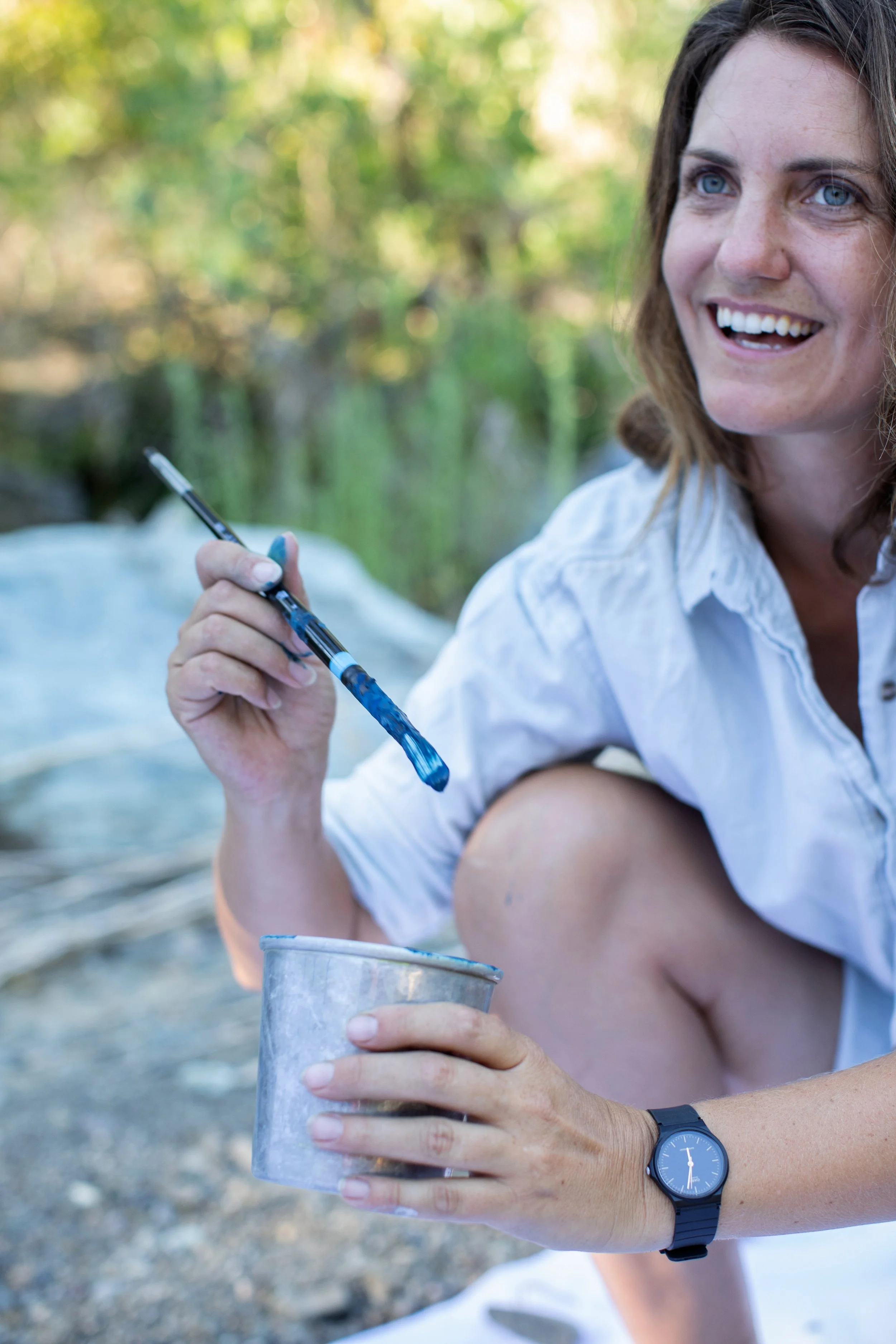Miles per Case
The inspiration for today’s post comes from Rebecca Solnit’s Wanderlust - a volume exploring the political, aesthetic and cultural history of walking. Philosophers, poets, protesters, pilgrims (why those are all P’s I don’t know) have walked for reasons other than just pleasure. “Walking is how the body measures itself against the earth”, Solnit explains, and the various meanings that all those P’s are seeking to express through walking can be summarized therein. Their humanity unfolds behind them and in the wake of their movement the meaning of their vocations is traced in footsteps.
Vineyard passes have their own particular vocation. This is the term in grape growing that encompasses one time walking down each row of a vineyard to accomplish one aspect of grape growing. For example, pruning constitutes one vineyard pass. The economics of grape growing are based on how many vineyard passes are needed to get through the growing season. Each vineyard pass has a monetary value, based on how long it takes to walk the vineyard and get that particular job done. This time of year, the vineyard passes begin and vineyard workers measure their wages against the earth. Add to the list of P’s: Producer/Production.
One after another, in pursuit of managing the rapidly growing vines, the vineyard passes add up. The basic unit happens to be about 1 mile per acre for a vineyard that is planted to 9-foot rows and 6 feet spacing between vines. Weaving back and forth through an acre of vines, touching each vine, takes a mile of walking. This particular vineyard is 80 acres, yielding 80 miles per vineyard pass. 80 miles of walking to prune the vineyard. Granted, the vineyard passes are done by a team, one person per row, each like the tooth of a comb moving through the rows.
Pruning is the first vineyard pass of the calendar year, followed by (and this isn’t comprehensive, and some items are done 2 or 3 times): fungicide application by hand, tyeing, suckering, irrigation check, hand fertilizing, lifting wires, shoot tipping, leafing, shoot positioning, de-cluttering, cluster thinning, green drop, removing seconds, removing sprinkler heads, replacing sprinkler heads, sampling for ripeness, sampling for nutrients, and harvest. I won’t take into account all the machine passes (tractor work), but let it be known that the mileage would increase by quite a lot: mowing, tilling, rolling, seeding, weed control, and mildew management dust spray every two weeks. On foot however, there are around 20 vineyards passes required for the growing season. Which brings us up to 1,600 woman/man-miles walked to tend an 80-acre vineyard for one growing season: three times the Camino Frances pilgrim route.
Fast forward through some more math, using premium grape growing yields (tons per acre), and standard # of barrels obtained per ton of grapes, and cases per barrel, and we arrive at 1 case of wine produced for every 328 feet walked. A labyrinth of vines, and if it were a Nintendo game, a case of wine would pop up from Mario’s head for each approximate football field.
Image use courtesy of the artist Jim Isermann - "Utility Blanket" - www.jimisermann.com with www.workshopresidence.com



